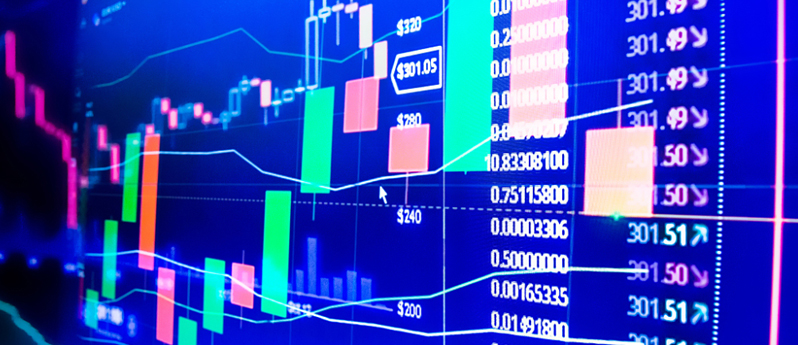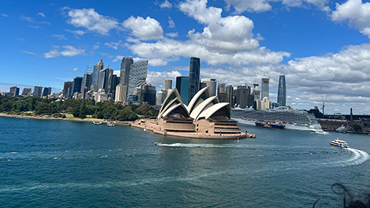If you are an overseas settler, you certainly deal with currency exchange rates on a regular basis. Even if you are not a settler but an international traveller, some way or the other you must have come across exchange rates on your overseas journeys. Why? Because currency is not a universal thing, one country’s currency is not accepted in another country, exceptions happen, but in most cases, they don’t.
You cannot expect to walk into a cafe in Australia and pay them with Indian Rupees or Philippine Peso. First, you need to purchase some Australian dollars from any banks or money transfer in Australia, and then do the shopping or pay bills in Australia.
So, in this process of selling one currency for purchasing another, currency exchange rates play a huge role. They determine how much money you will receive on the other end. Let us imagine the currency exchange rate of Australian dollars and Indian rupees is: 1AUD= 60INR
This means that you need 60 Indian rupees to purchase 1 unit of the Australian dollar. At the same time, if you sell 1 unit of the Australian dollar, you receive 60 Indian rupees in hand. Let us calculate higher amounts: If you wish to send 1000 AUD to your family member living in India, the equation goes:
1000 AUD × 60 (Exchange Rate) = 60,000 INR
Your family member receives money equal to 60,000 INR. The exchange rate 60 is given as an example, you may receive more or less than the value according to the supply and demand in the currency market. Ok, so does that mean exchange rates are not constant? Again it depends!
There are two kinds of exchange rates:
- Flexible Exchange Rates They are constantly on a flux changing from one day to another depending on numerous factors such as interest rates, economic stability, money supply etc. US dollars, Australian dollars, European Euros, British Pounds etc. have flexible exchange rates.
- Fixed Exchange Rates Some other countries like Saudi Arabia have a fixed exchange rate that hardly changes. In this case, a change only happens if the central government of the country demands a change.
So it is easy to transfer money to countries with a fixed exchange rate, but a bit difficult to do international money transfers to a country with flexible exchange rates. Well, the challenge is not a big head-scratcher, all you have to do is always keep an eye on the changing currency rates and calculate the money accurately so that you may not lose money in overseas transactions.






